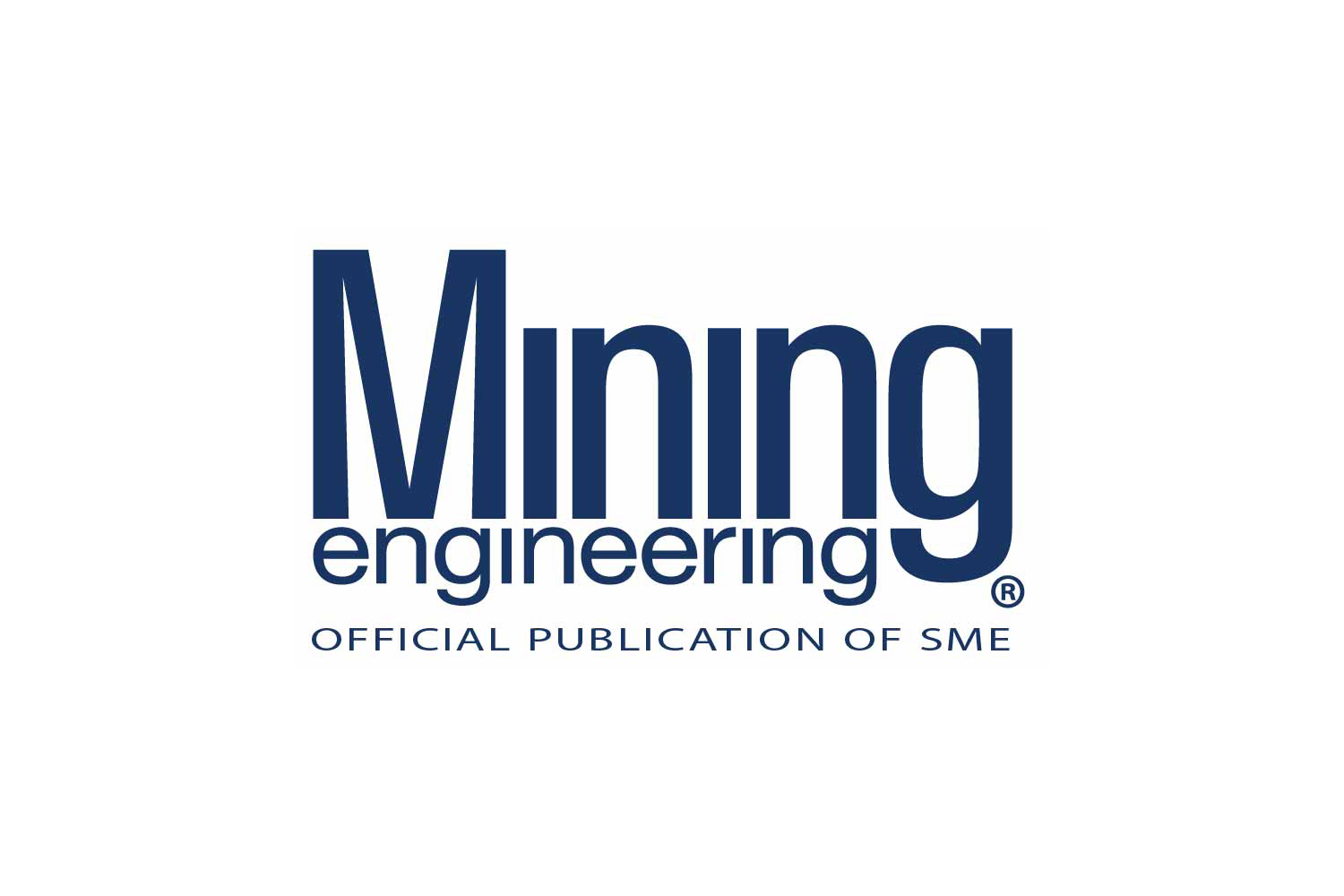
With the prospects of coal consumption continuing its downward trend and no end in sight, innovation is taking hold in Wyoming. At the Dry Fork Station power plant operated by Basin Electric Power Cooperative north of Gillette, WY, the new Integrated Test Center (ITC) project is about to launch. ITC is a research undertaking funded by public and private ventures as the extremely competitive scientific race heats up to find ways to capture and reuse dangerous CO2 emissions. Colorado-based TDA Research is leading the first round of research with the goal of pulling a minimum of 90 percent CO2 and capture it for sequestration.
According to the Wyoming Business Report, Jason Begger, executive director of the Wyoming Infrastructure Authority that oversees the ITC describes the testing as “…exciting and it really shows a good example of the complexity of scaling up these technologies and what it takes to build a facility that meets the needs of researchers.”
Illustrating the scope of this project, Begger explains that “Making that leap in research where something can go from just being possible to being practical is part of what the ITC brings to the table as the only facility in the United States capable of hosting research at a scale that starts to come close to actual power plant emissions.”
TDA will soon have company, however, as the NRG COSIA Carbon XPrize will eventually occupy five smaller test bays in the group’s $20 million carbon solution competition that will finish up in September 2020.
Further down the line, other projects are planned at the ITC, including Japan-based Kawasaki, the Japan Coal Energy Center in conjunction with Columbia University, the University of Kentucky, San Francisco-based Membrane Technologies, and other candidates the Department of Energy is reviewing.
“There is nearly universal support for these efforts in Wyoming. Currently, Wyoming produces more than 40 percent of the nation’s thermal coal. This coal production provides high-paying jobs for our Wyoming families and pays for our schools, roads, and state and local government. Many of our communities rely almost entirely on coal production,” explained Matt Micheli to Mining.com. Micheli is an energy and natural resources partner at Holland & Hart law firm in Cheyenne.
Wyoming leads the country in coal production for electricity generation with the U.S.’s top 10 producing coal mines, all located in the Powder River Basin. On a national scale, however, in 2018 only 623 Mt (687 million st) of coal were consumed, which represents a 42 percent decline since its peak in 2005 and the fifth straight year of slowing. The U.S. Energy Information Administration also forecasts that coal’s cut in the energy mix will decrease from 28 percent in 2018 to 22 percent in upcoming 2020.
The bright spot is the industry’s turn to innovation and a forward-thinking approach. “If we are going to meet the growing demand for clean, reliable energy, there is no doubt carbon sequestration and advances in coal technology will need to be a part of our nation’s energy portfolio,” said Micheli.
Source : me.smenet.org
